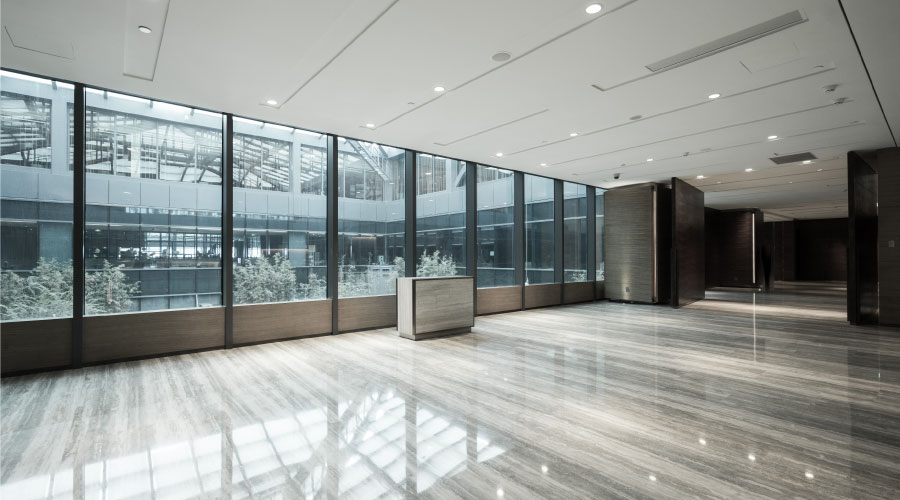Flooring Chemicals: Look Beyond Initial Cost
Chemicals form the cornerstone of the program, and the costs of these chemicals are on the rise. Cleaning crews can protect the flooring material by removing soil and contaminants and applying coating chemicals.
When looking strictly at chemical costs, managers often believe they can effectively cut costs by buying bargain-price chemicals. This is a common mistake managers make because they do not fully understand floor-maintenance chemicals.
Most managers view cleaning chemicals as generic, but as with all products on the market, cleaning chemicals include performers and non-performers. Departments waste many labor hours using non-performing chemicals they expect to work. Conversely, quality chemicals actually can increase productivity and reduce labor hours. They might cost more, but the real cost of floor maintenance is in the labor.
Managers also can reduce chemical costs by purchasing concentrated chemicals or incorporating proportioning systems. Concentrated chemicals deliver more cleaning power with less packaging, and proportioning systems reduce chemical use by providing precise measurement for the chemical-to-water ratio.
One major cost component of hard-floor maintenance programs relates to coating chemicals, and these prices also keep increasing. Again, buying more generic floor finishes might seem like a cost-effective decision. But in the long run, these finishes have a tendency to break down, ultimately costing more in labor to restore and maintain an acceptable appearance level.
Using high-quality floor finishes actually can increase the time between scrubbing and recoating and, by extension, the time between stripping and refinishing, due to the durability of the floor finishes. Extending the periodic and restorative procedures reduces the amount of coating chemicals, labor, equipment use, and facility downtime.
Equipment Issues
Managers also should pay close attention when specifying floor-maintenance equipment because the right equipment can benefit the program in several ways.
The purpose of equipment is to increase productivity and reduce physical fatigue, making it possible for technicians to get more done in less time. Spending more money on better equipment can boost the organization's bottom line.
When managers weigh the cost of a machine against labor hours, it becomes clear that buying a machine instead of renting or leasing makes more sense in most situations.
Related Topics:













